The next most famous Star trek drink after Romulan ale is Klingon bloodwine. This one is red, thick and it actually looks like wine. As the Romulan ale, it is extremely strong, even poisonous to humans and therefore – naturally – irresistible for the true Star trek fan.
It is really interesting that most famous Star Trek drinks come from most aggressive races – probably you need something strong before and after fighting. Or maybe their aggressiveness and endurance are reflected and fortified by the aggressive nature – or even toxicity to humans – of their drinks. Anyway, on to making Klingon bloodwine.
The debate if it contains actual blood or not will be left for more hardcore fans. I will try to do without. But this does not mean I will try to make it as blood like as possible.
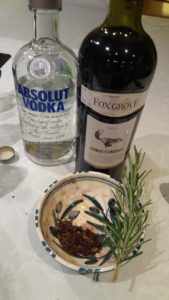
Klingon bloodwine: The starting point
First, let’s start with the basics. It should be red and very strong. This is not so hard, just some red wine fortified with vodka. I recommend Australian red wines, which by themselves have a high alcohol content and are fairly sweet. This will allow for high alcohol content while still leaving me some room to modify the taste.
I mixed two parts of a sweet Cabernet Shiraz and one part of vodka (by volume) as the base. This should have alcohol content around 17%, not super strong, but still a lot more than wine. And it tastes almost like wine, with a pleasant sharp sweet aftertaste indicating stronger alcohol content. Even like this, it is extremely enjoyable – but it can be made even better.
The modifications of my Klingon bloodwine
First I separated the base drink in two two parts and added raisins to both of them. To darken the color and make them sweeter. Lieutenant Worf likes his bloodwine sweet – and so do I. Next I added some crushed coffee beans to one bottle. Some for the taste and some for the caffeine kick. The solubility of caffeine should definitely not be a problem.
In the other bottle, I dipped some fresh rosemary. I think this should make nice strong Mediterranean taste while having the beneficial influence for the heart. Klingons, after all, have two hearts and are known for their endurance. Rosemary wine is said to stimulate the heart function and increase endurance, so it was a perfect fit.
One month later…
After leaving the two bottles to rest for a month, some tasting was in order. Coffee definitely did complement the taste nicely while rosemary was a bit overpowering and too sharp. Both lacked in sweetness, so I added some brown sugar – since adding more raisins would not help much in my opinion and I did not want to wait for another month.
After one more week, another tasting was in order. Now the tables have reversed. While both liqueurs improved in taste, rosemary was better. It tasted fuller, more promising with a hint of Mediterranean. Although to be honest, coffee did not lag far behind. It was just that rosemary was a bit fuller and more rounded. Both were good, but they lacked in one department or the other.
Spicing things up…
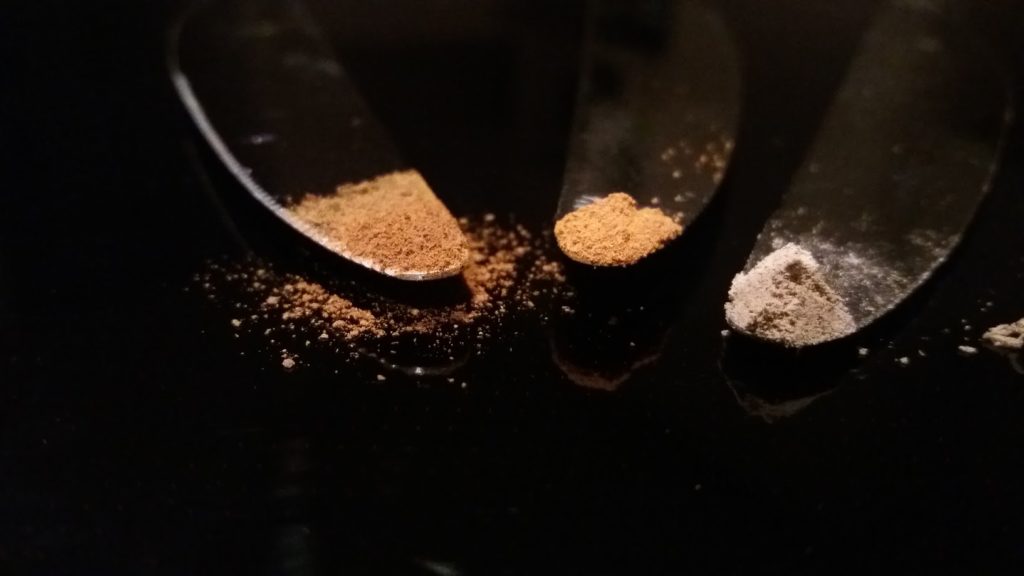
I decided to add some spices since rosemary turned out so well. I decided for oriental versions, again with the connection to the Klingons. To me, they do carry in them a far east touch – martial arts expertise and a touch of mysticism. Not to mention their looks. Anyway, I added a pinch of cinnamon, cardamom and cloves to small samples. The samples of the base wines were the ones with coffee. I figured that species would not mix well with rosemary.
After about a week, I tasted the concoctions. Cinnamon was great, as expected, but cardamom and cloves were really strong, to the edge of sharp. Truly, both wines tasted like they have more alcohol compared to cinnamon. Since the taste was too strong, I diluted them – about double compared to the starting volume. Now the tastes were more even, all of them pleasant, but still strong. Cinnamon was less prominent, it somewhat faded in the background. Cloves had a distinct taste, although not as sharp as before.
I preferred cardamom – since it is my favorite mystical spice and partly because it blended perfectly with a coffee taste. Cardamom was, to my surprise, still quite strong. I tried various combinations of all three spice with further dilutions. Further diluting the mixtures and leaving them standing for some weeks improved the taste even further. The tastes blended with the base taste to some degree and formed a well-rounded drink. Still, single spice was better than the mixture of them, due to more clear taste and more rounded drink.
Keeping things simple…
I do not want to overwork the taste and single spice concept was just in that direction. I like to keep things simple, so I decided just for cinnamon. Although cardamom was my favorite, it’s sharp tones would never completely disappear and mix into the basic taste. The base was good – enough alcohol and a sharp aftertaste. The coffee was barely noticeable, somewhere in the background, but you could feel the caffeine later on. And the cinnamon rounded up the taste nicely, with the hint of orient and mysticism. Cardamom and cloves were simply too strong for all the other tastes and did dominate the taste in the end.
Klingon bloodwine: The final touches
Now I was almost here. The taste was perfect – just one more detail to make it more blood like – thickness. In order to get a little bit thicker drink, since blood is not watery like wine, I tried adding some xanthan – the stuff usually added to food to make it thicker or jelly like.
The concentration should be fairly low since it can produce a thick gel at fairly low concentration – around 1%. I added one pinch of xanthan per one hundred milliliters of bloodwine. There was a little improvement, barely noticeable, like a thick red wine or soft liqueur. So I added another pinch. This was perfect. Only noticeably thicker, still soft liqueur texture but it left fine, smooth, velvety feeling in the mouth.
Now my Klingon bloodwine was ready. As much Klingon, wine and blood you can get. Red, slightly thick, with a soft, velvet feeling on the tongue, sharp in taste with a hint of oriental. And the kick of caffeine and alcohol. Just what I would expect from Klingon bloodwine (yes, young Klingon wine, Mr. Worf).
MAKING THE KLINGON BLOODWINE
Ingredients and amounts per 1 liter:
- 0,3-liter vodka
- 0,6-liter red wine
- 60 g dried raisins
- 40 g brown sugar
- 5 g coffee beans
- ¼ teaspoon of cinnamon
- 1 teaspoon xanthan or pectin
Mixing Wine and Vodka.
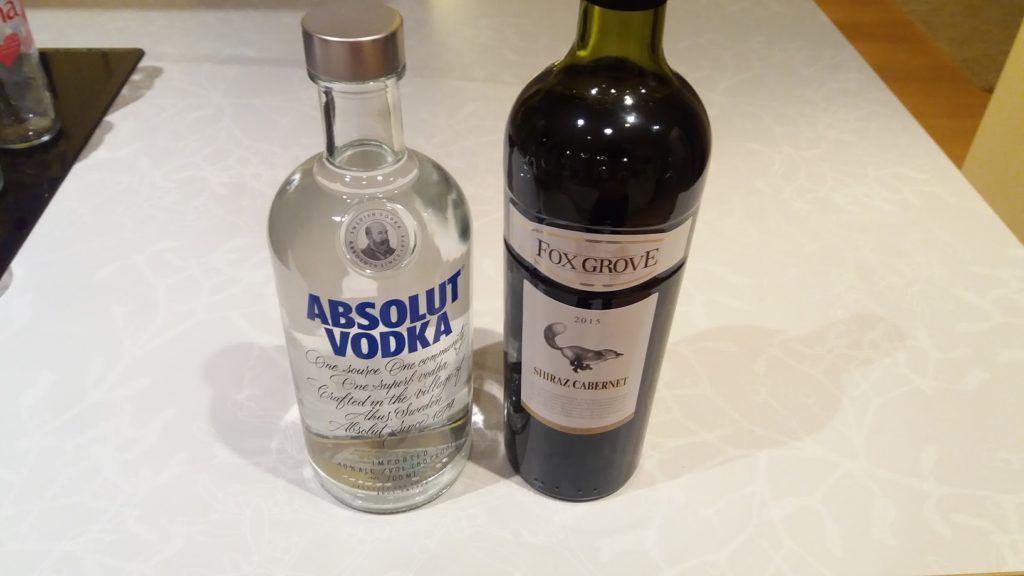
Next, chopping raisins and adding them to the mix.
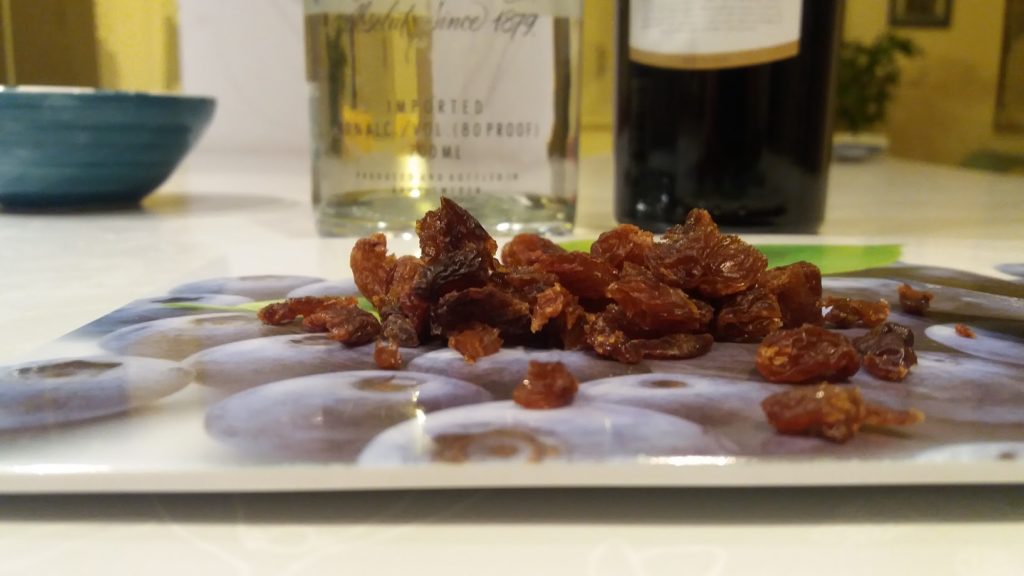
Crushing Coffee beans and adding them to the mix.
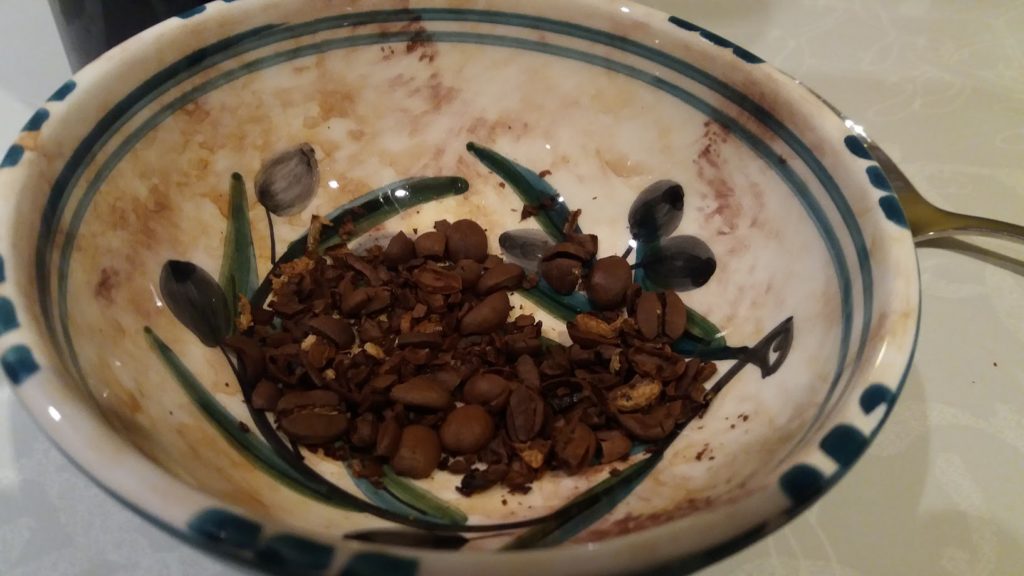
Adding brown sugar to the mix. Store the mixture in a dark place for one month. Shake occasionally. Remove raisins and coffee beans – basically all the solid parts. Add cinnamon and xanthan/pectin. Store for another two weeks, and serve at room temperature. ‘IwlIj jachjaj!
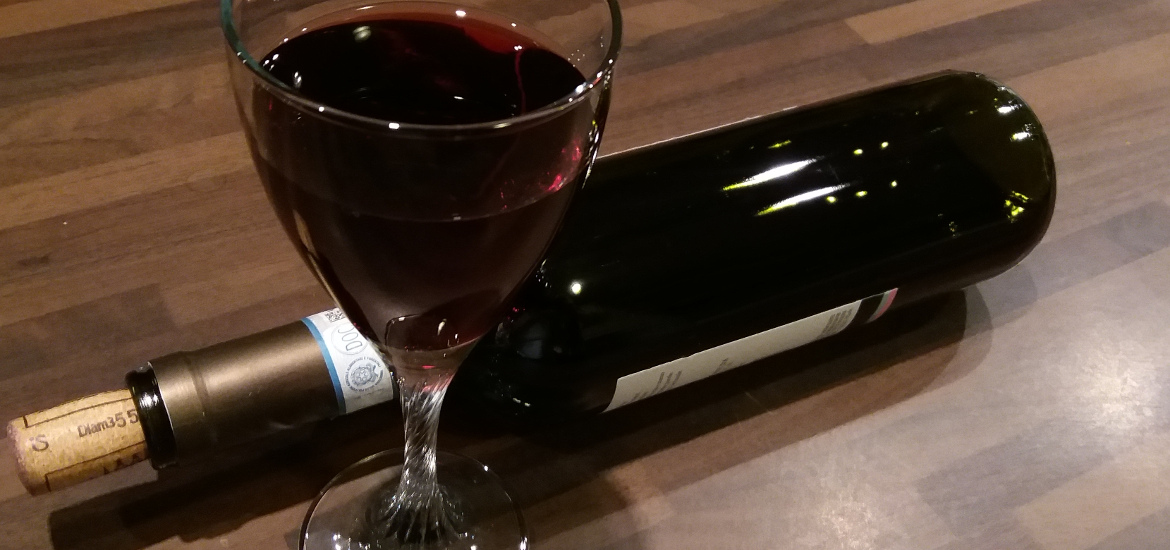
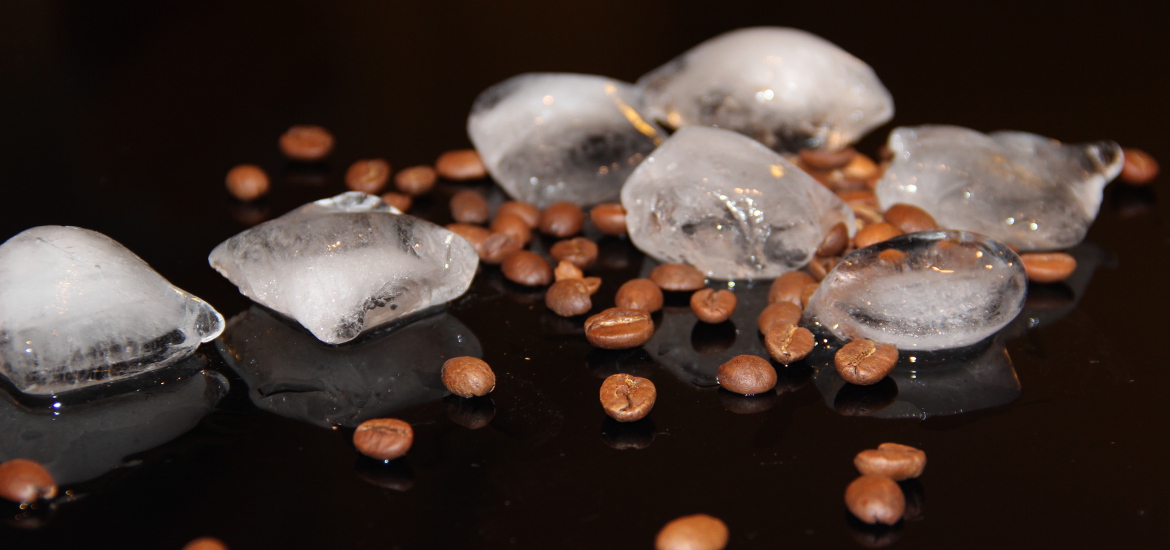
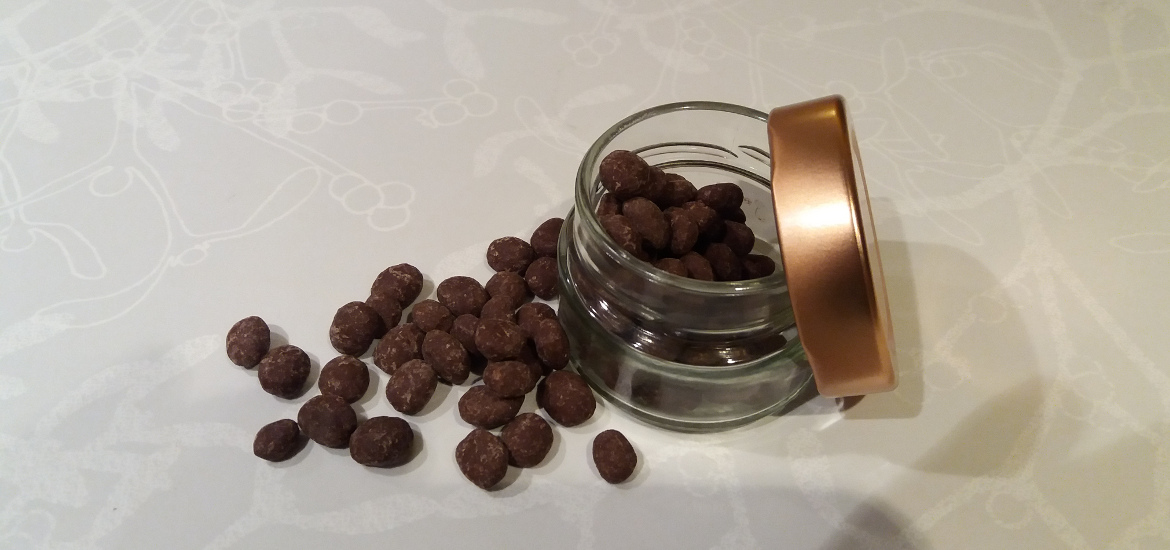
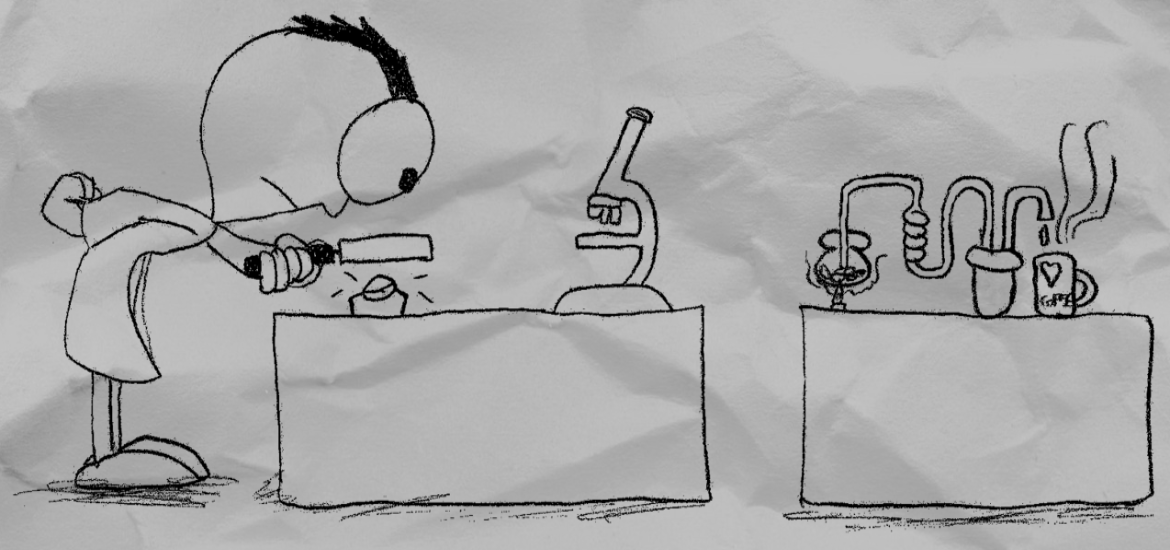
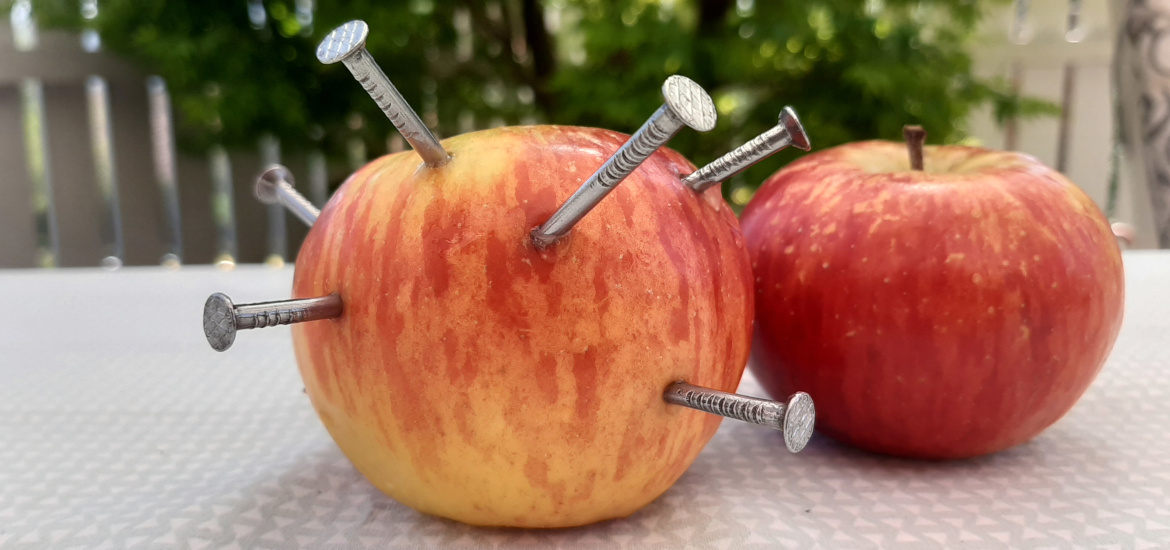
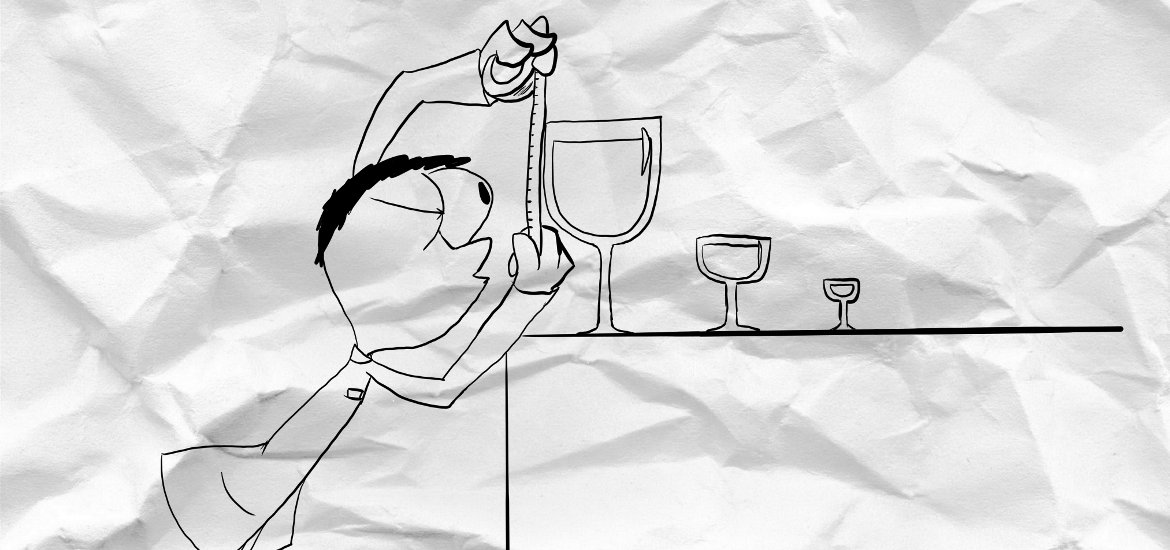
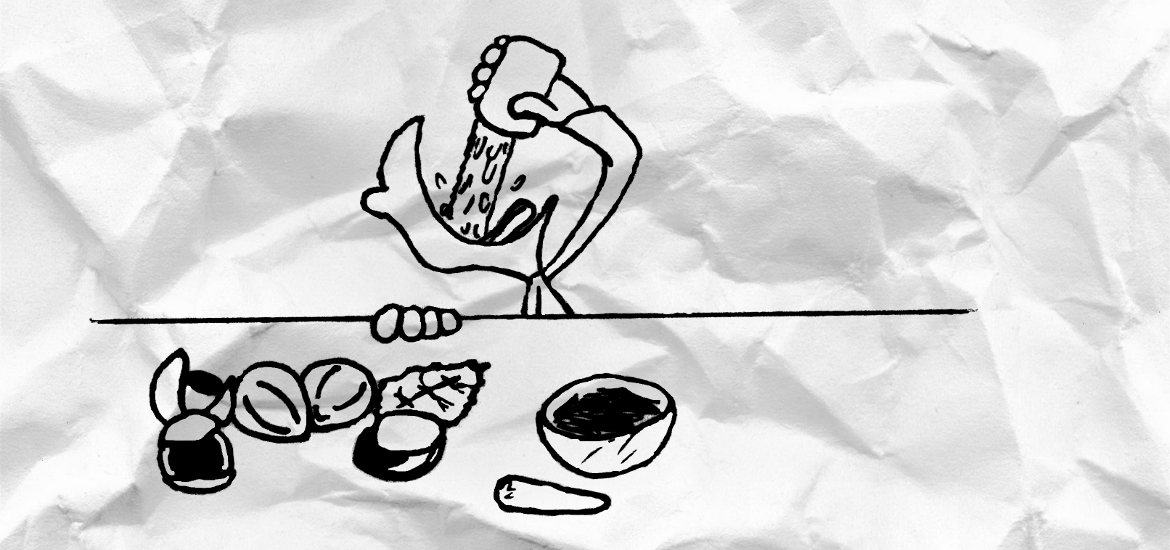
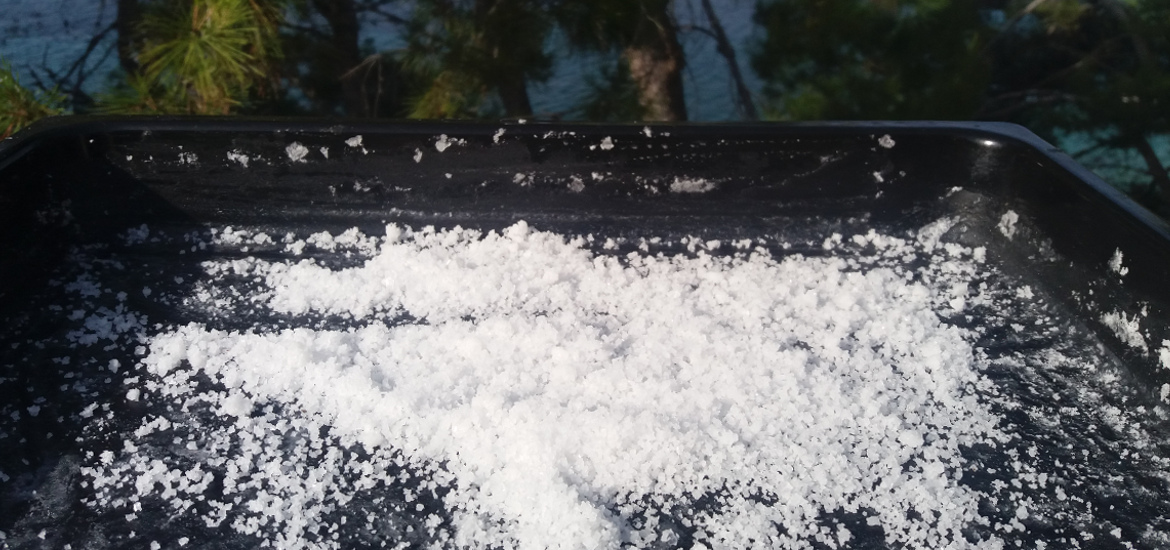
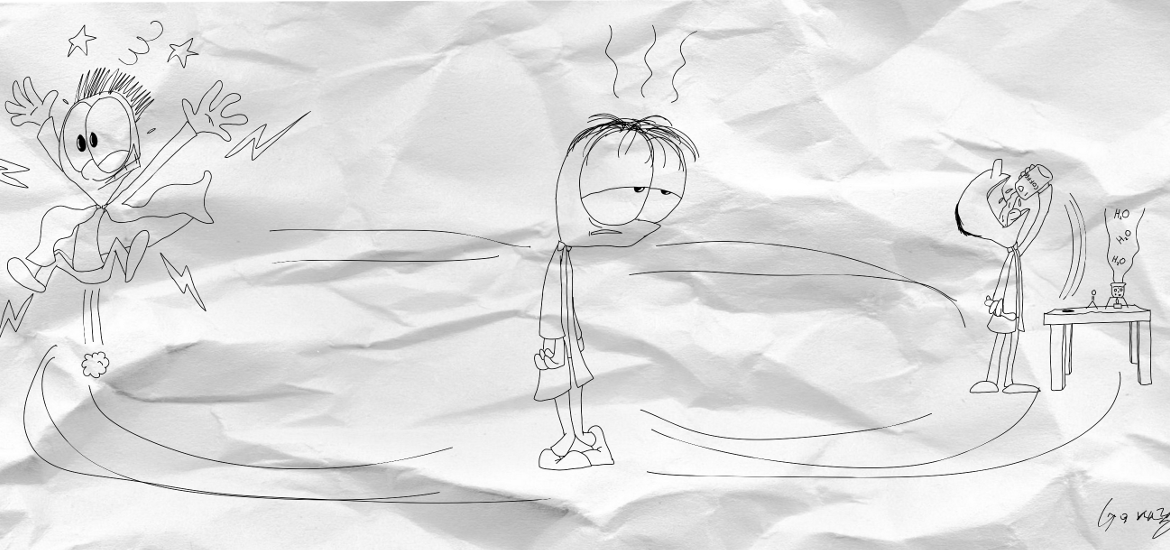
Love this!
So here’s a question… how long is the shelf life on a bottle of the blood wine?
With regular wine, once you uncork it, you’re on borrowed time. I assume the same is true of this?
Interesting question, I never waited that long 🙂
My guess somewhere in the range of a porter – it hase comparable alcohol levels and sugar.
That means more than the wine, but not indefinete like hard liquer.
Glad that you liked it.
I wonder if chocolate would work as well as coffee?
Chocolate would definitely add something to the taste, which would be different than coffee. A nice idea to try out.
But in terms of alertness, caffeine in the coffee is much better than xanthines in the chocolate.
Maybe a combination of both (chocolate and coffee)?
Thank you for the idea!